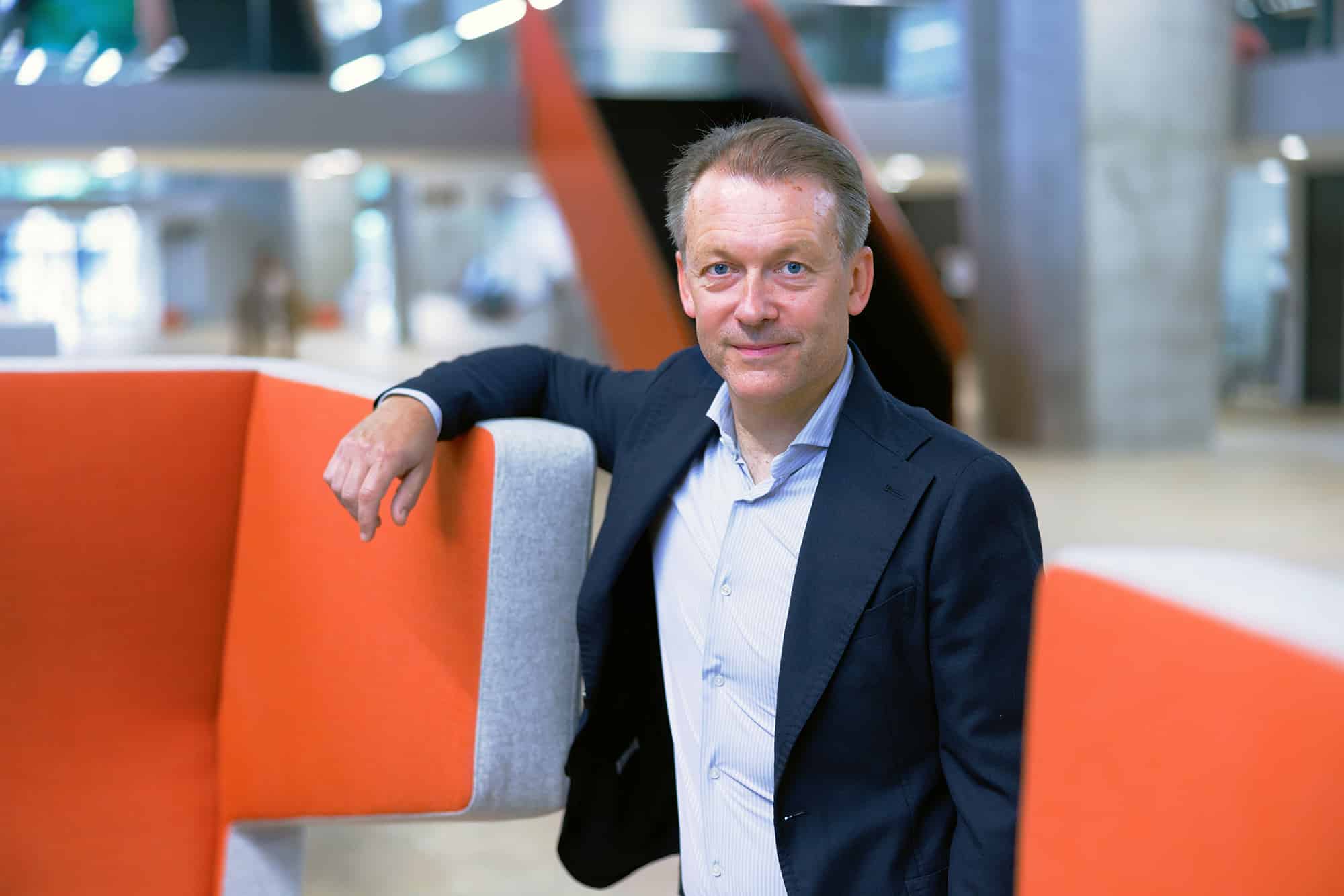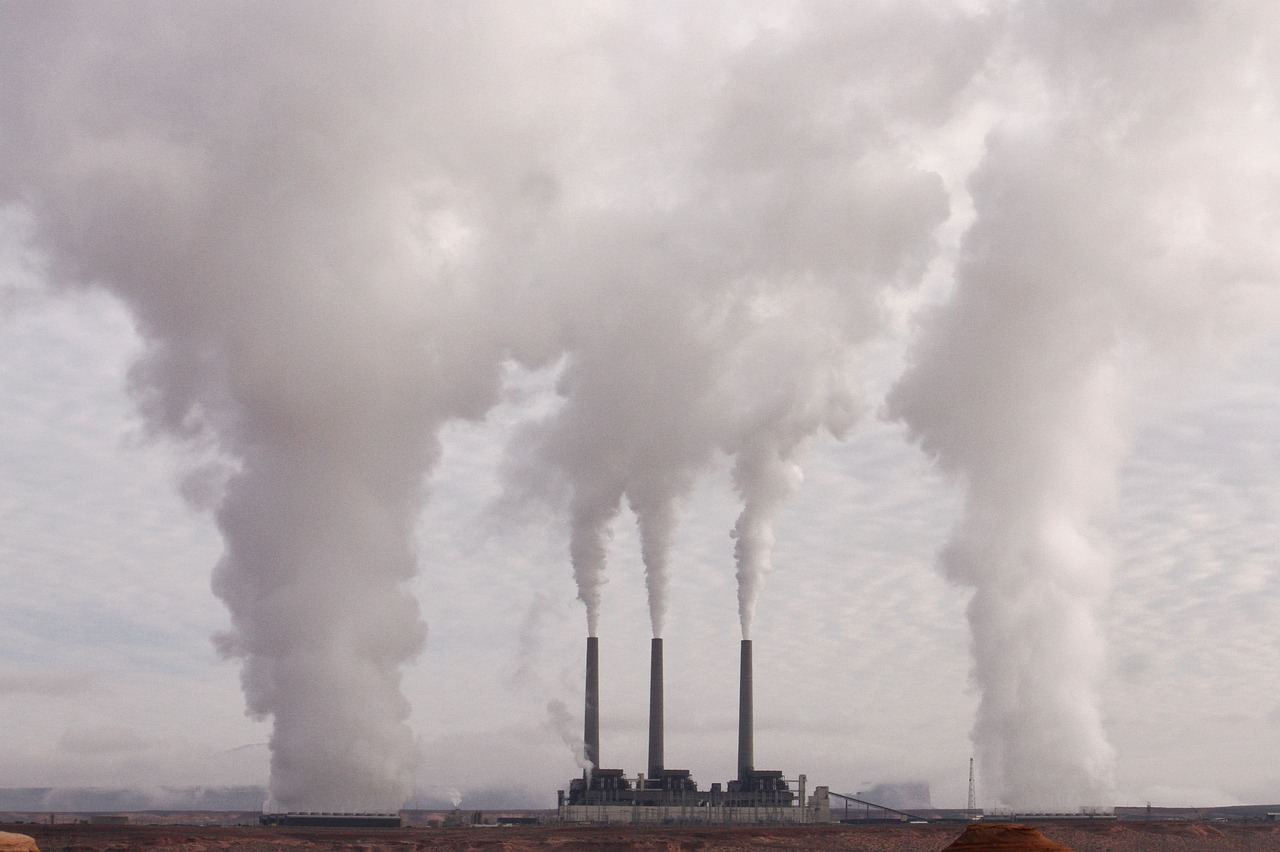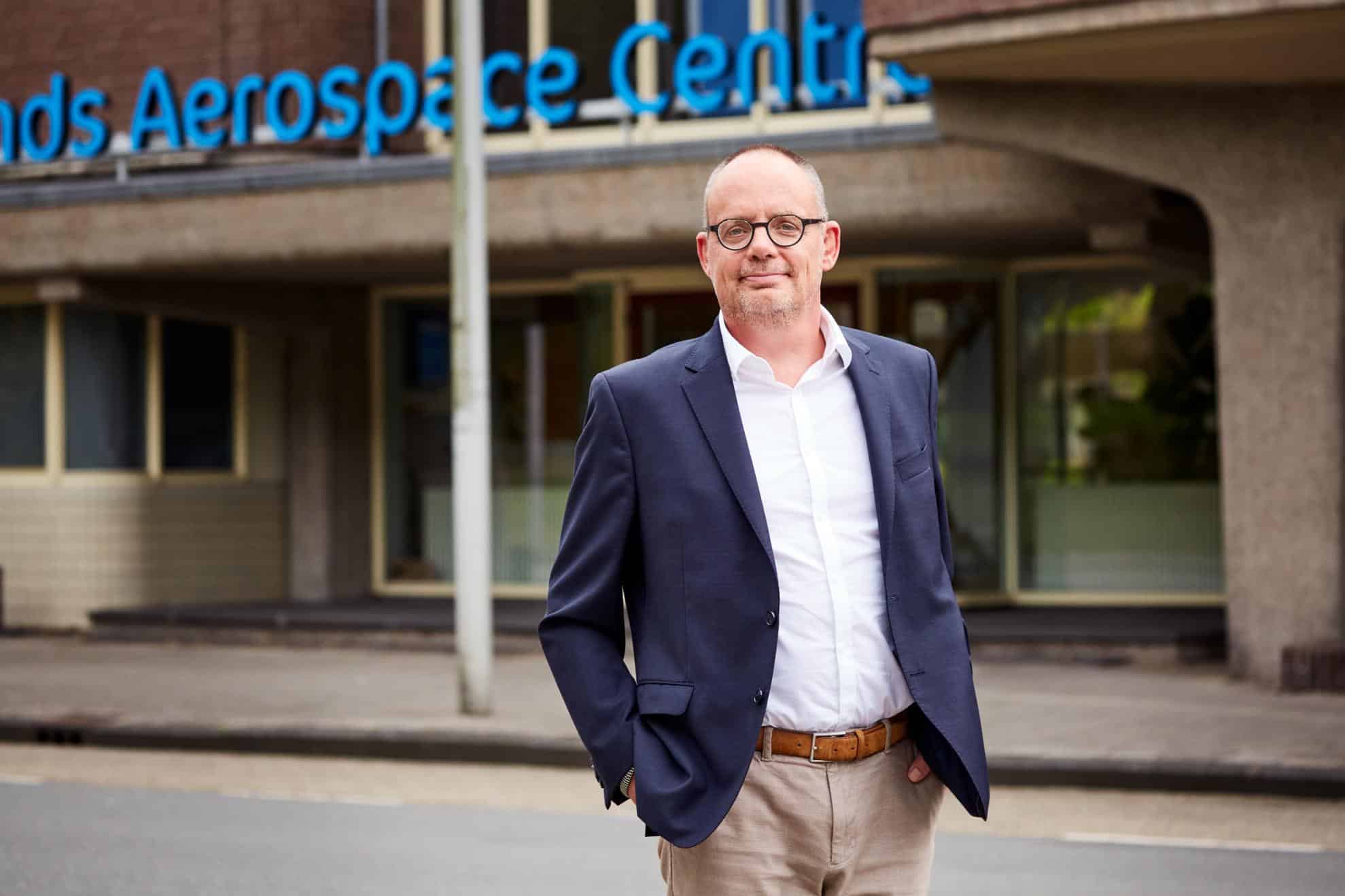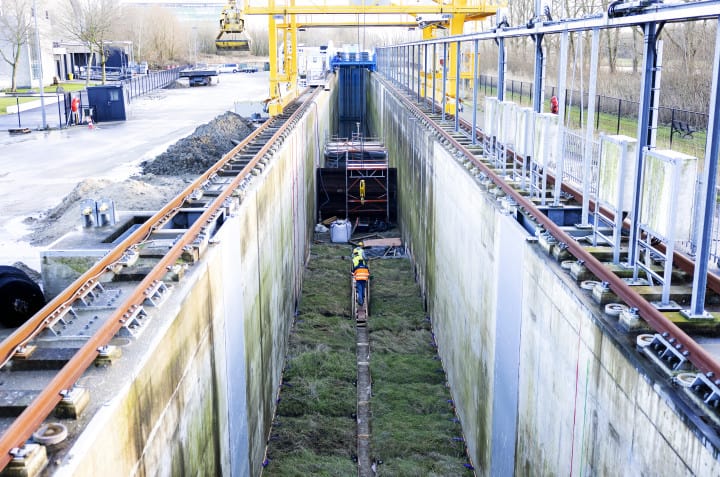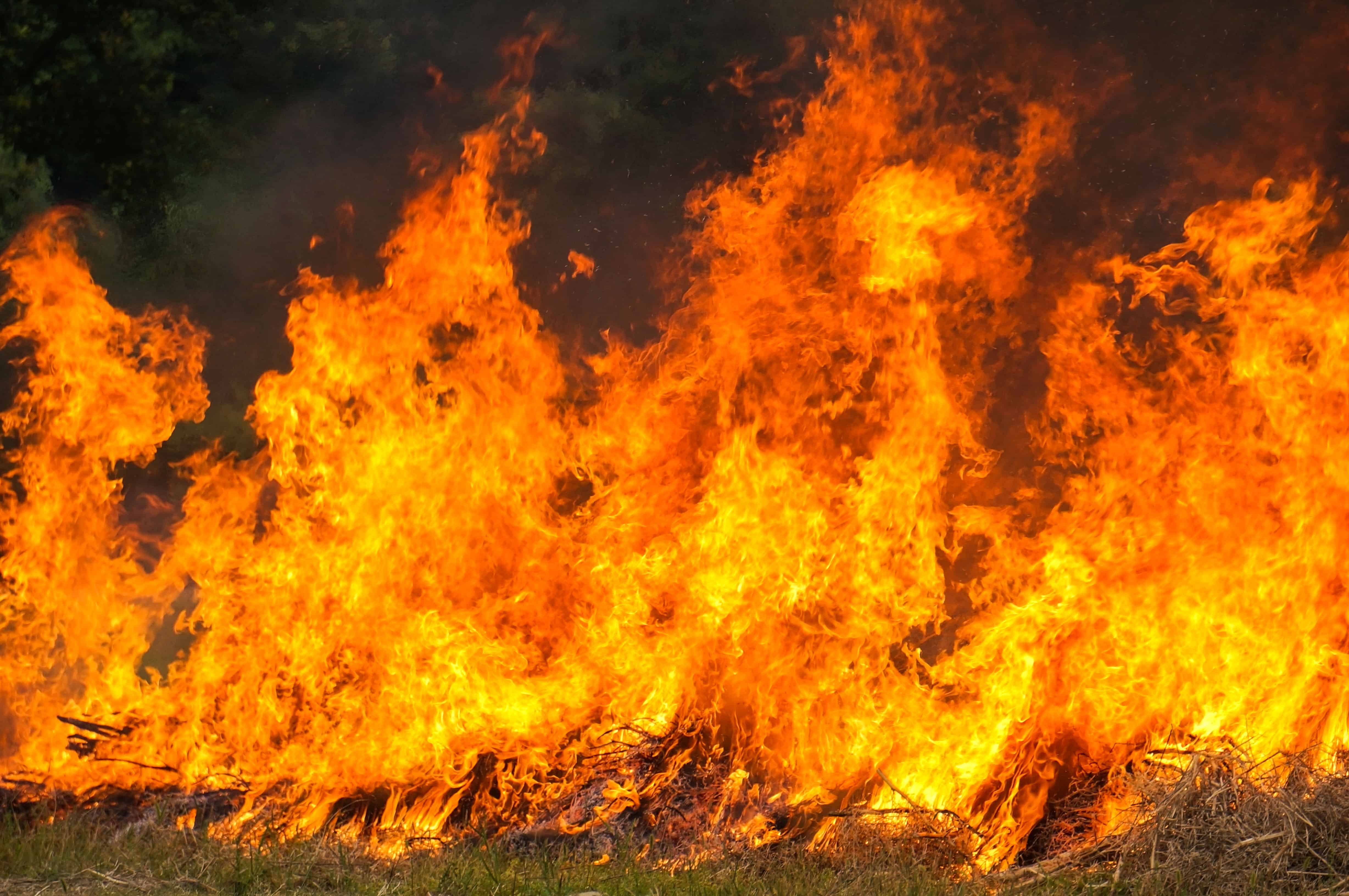
Wildfires in the Netherlands will become more intense in the coming years and sometimes even unextinguishable, experts from KNMI, Wageningen University, VU University Amsterdam, Deltares, and the Netherlands Institute for Public Security (NIPV) warn in a study. Fortunately, many companies are working on solutions for this major problem. Here are five innovative solutions for wildfire fighting.
1) Look from very high up with satellites
Under the guise: prevention is better than cure, we can use satellites to predict forest fires. Such a satellite is full of sensors. ESA‘s Sentinel-2 has a so-called multispectral instrument. This allows you to see thirteen different wavelengths of light, both visible and in the invisible infrared spectrum. That produces a lot of data. All this data is sent to Earth every five days.
Such a detection system could perhaps also be used to predict forest fires. Detecting anomalies or changes in satellite images is already possible. But a lot of other data about, for example, temperature and rainfall are needed. Only then could an algorithm warn about certain risk areas.

2) Predicting forest fires using sensors on trees
Closer to Earth, the German company Dryad Networks has developed a system that can detect forest fires at an early stage. The system consists of a network of small solar-powered sensors. These hang from trees and measure temperature, humidity, and air pressure levels. Detecting a starting forest fire can be done by a special chip with a gas sensor. It can issue a warning in less than an hour, even if there is still only a smoldering fire.
Current camera and satellite based warning systems can take a long time to detect a fire. This sometimes takes several hours or even days. Dryad Networks’ sensors can use artificial intelligence (AI) to distinguish forest fires from other heat emitting sources, such as diesel vehicles.

3) Detection by drone
Drones can also be used for early detection of wildfires. For example, the long-range drone Avy Aera. Avy is investigating the use of drones in the early detection of wildfires together with the Het Veluws Bosbrandweer Comité (VBC). Finding such fires with the help of artificial intelligence is new in the Netherlands. In addition, the camera images are made available in real-time. This has also never been seen before in the Netherlands.
To this date, aircraft have been used to monitor nature reserves against fires in the Netherlands. This project investigates whether the use of drones can be an alternative in National Park De Hoge Veluwe. Drones are expected to improve speed, the size of the area to be monitored, and imaging in the control room.

4) Extinguish better
If prevention has not been successful, extinguishing must of course take place as quickly as possible. The German Aerospace Center (DLR) held a competition in October 2022 to design firefighting aircraft of the future. First place went to the team from the University of Stuttgart with the INFERNO design. (Intelligent FirE RespoNse Operation).
The aircraft is a so-called combination helicopter. With eight horizontal rotors, it can take off and land vertically. It is powered by a hybrid electrical system in which a gas turbine supports a rechargeable battery and electric motors. INFERNO can take in water while skimming low over water, hover over a lake and suck water into its tanks, or simply take in water at an airport. This aircraft can therefore also take in water in small bodies of water, where this is impossible for the current fire-fighting aircraft.

5) Changing the weather
The last method seems the most futuristic and also the most uncertain, but the idea is simple: just make it rain! There’s been a lot of research into manipulating clouds to try and make it rain. This even succeeded, albeit under special circumstances. Silver iodide, salt or frozen CO2 causes a number of large droplets to form in a cloud around condensation cores. They collide with smaller droplets, and that collision is essential to get rain or snow.
The best results were achieved when clouds were injected from the sky with an airplane. However, it is cheaper and easier to infect clouds from the ground with smoke pots. Furthermore, the weather conditions must be good: the wind direction must come from a certain angle and the wind shouldn’t be too strong or too soft; the air temperature should not be warmer than -8 degrees Celsius; and the air must be humid enough. Only then is the process necessary for precipitation started.
However, there is no evidence that the technique can also be used in flat areas, such as the Netherlands. The technology also has limitations. Silver iodide and salt are harmful when released into the environment in large quantities. In short, we shouldn’t have too high expectations of this technique.





